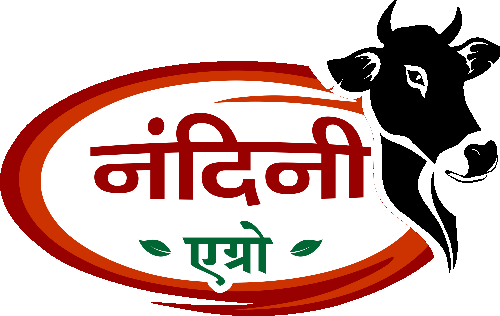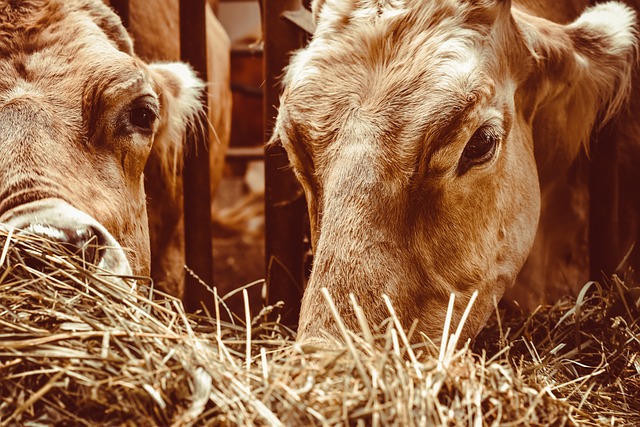Selecting the right cattle feed is a critical decision that can significantly impact the health, growth, and productivity of your herd. With a wide range of options available in the market, it’s essential to understand the factors to consider when choosing cattle feed. In this guide, we will provide valuable insights and considerations to help you make informed decisions about nourishing your cattle effectively.
Assess Your Cattle’s Nutritional Requirements:
Before diving into cattle feed options, it’s crucial to assess your herd’s nutritional requirements. Consider factors such as age, weight, breed, purpose (milk production, meat production, or both), and any specific dietary needs. Understanding these requirements will guide you in selecting feed that meets the appropriate energy, protein, vitamin, and mineral levels to support their optimal growth and performance.
Evaluate Feed Ingredient Quality:
The quality of feed ingredients is paramount for your cattle’s well-being. Look for reputable brands that prioritize sourcing high-quality ingredients. Assess the nutrient composition and digestibility of the feed to ensure it aligns with your cattle’s requirements. Avoid feeds that contain excessive fillers, by-products, or low-quality ingredients, as these can compromise the nutritional value and overall health of your animals.
Consider Feed Formulations:
Cattle feeds come in various formulations, including complete feeds, supplements, and additives. Complete feeds provide a balanced mix of nutrients and can be used as the sole source of nutrition. Supplements are designed to complement forages and may target specific nutrient deficiencies. Additives, such as probiotics or rumen enhancers, can support digestion and overall gut health. Determine which formulation best suits your feeding program and consult with a nutritionist if needed.
Assess Feeding Methods and Farm Infrastructure:
Consider your farm’s infrastructure and feeding methods when selecting cattle feed. Some feeds are more suitable for grazing systems, while others work well with confinement systems. Determine if the feed can be easily integrated into your existing feeding practices, whether it’s through feeding equipment or manual distribution. Additionally, assess the feed’s storage requirements, shelf life, and any special handling considerations to ensure practicality on your farm.
Evaluate Cost-effectiveness:
While quality is paramount, it’s also important to consider the cost-effectiveness of cattle feed options. Compare prices and nutrient composition among different brands and products. Calculate the cost per unit of nutrient or per animal to determine the most economical choice without compromising nutritional value. Consider long-term benefits such as improved growth, reproductive efficiency, and reduced veterinary costs when assessing the overall value of the feed.
Seek Recommendations and Expert Advice:
Take advantage of the expertise available in the industry by consulting with experienced farmers, nutritionists, or veterinarians. They can provide valuable insights based on their experience and knowledge. Attend industry conferences, workshops, or webinars to stay updated on the latest research and advancements in cattle nutrition. Networking with fellow farmers can also provide valuable recommendations and insights into successful feeding practices.
Conclusion:
Choosing the right cattle feed is a crucial step in ensuring the health, growth, and productivity of your herd. By assessing your cattle’s nutritional requirements, evaluating feed ingredient quality, considering feed formulations, assessing feeding methods and farm infrastructure, and evaluating cost-effectiveness, you can make informed decisions that align with your farm’s goals and the well-being of your animals. Remember, proper nutrition is the foundation of a thriving herd, and selecting the right cattle feed is a key component of your overall livestock management strategy.

